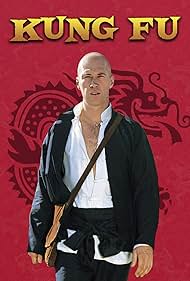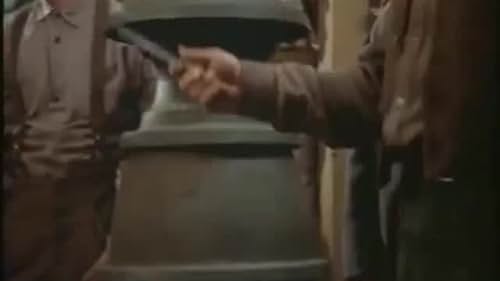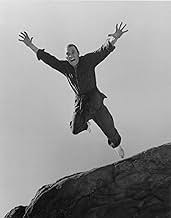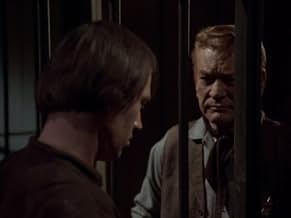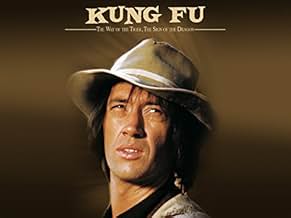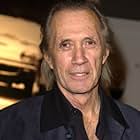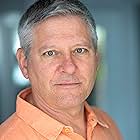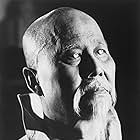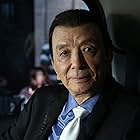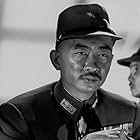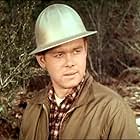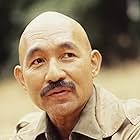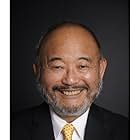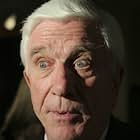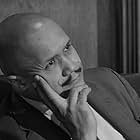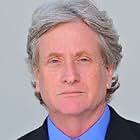Le avventure di un monaco Shaolin mentre vaga per l'Ovest americano armato solo con la sua abilità nel Kung Fu.Le avventure di un monaco Shaolin mentre vaga per l'Ovest americano armato solo con la sua abilità nel Kung Fu.Le avventure di un monaco Shaolin mentre vaga per l'Ovest americano armato solo con la sua abilità nel Kung Fu.
- Vincitore di 3 Primetime Emmy
- 5 vittorie e 13 candidature totali
Sfoglia gli episodi
Trama
Lo sapevi?
- QuizDavid Carradine had no formal martial arts training of any sort. He had received some training as a dancer when he was younger. This was a particularly aggravating fact for Bruce Lee after he was turned down for the part of Caine.
- BlooperIn the title sequence the view of young Caine is looped in the pebble scene, as the smoke behind him reverses twice.
- Versioni alternativeFor the DVD release of season 1 the aspect ratio was changed from 1.33:1 (4:3) to 1.78:1 (16:9).
- ConnessioniEdited into Derrick contre Superman (1992)
Recensione in evidenza
It's a shame that the martial arts craze that this show created (in conjunction with the ascendant popularity of Bruce Lee in the early 1970s), in conjunction with the somewhat cheesy '90s spinoff, has served to somewhat obscure what a gem it truly was.
It's heartbreaking to think that a lot of people who haven't seen the show lump it in as old, campy action television, like "The A-Team" or "Charlie's Angels" or something like that. The fact is, any given hour-long episode of "Kung Fu" probably contained about 45 to 60 seconds of actual action--if not less. The fact is, David Carradine was as good a leading man as any TV drama has ever had.
And the fact is, far from being a cheap exploitation of martial arts and Eastern philosophy, "Kung Fu" was created and written in true reverance to those concepts. Meticulous research was conducted, and the lessons that Masters Kan and Po (wonderfully rendered by Philip Ahn and Keye Luke, respectively) teach Caine, and that Caine in turn teaches those he encounters, are routed in authentic Shaolin philosophy.
Nor was the show cheesily made. It involved lush cinematography by televisual standards and innovative use of devices such as forced perspective and slow motion (this was the first show or movie to use different gradations of speed within a single take--the shot would move at normal speed until Caine made contact with an elbow or a fist, and then suddenly switch to delicate, poetic slow motion).
Caine was a true archetype of television--a complete reversal of basically every American screen hero that went before. Not just peaceful--but passive and serene. As Caine described it--"Kung Fu" was an "anti-revenge television show"--an amazing concept when you think about it.
Remember, the American public was not even acquainted with the phrase "kung fu" before this show. Zen Buddhism was gaining popularity in the late '60s and early '70s, but no one had ever heard of Shaolin monks. The creators of this show took a big risk on an untested concept and came up with TV gold.
I hope that the DVD release will serve to remind us all what a special show this was, and of the lessons it has to teach us.
It's heartbreaking to think that a lot of people who haven't seen the show lump it in as old, campy action television, like "The A-Team" or "Charlie's Angels" or something like that. The fact is, any given hour-long episode of "Kung Fu" probably contained about 45 to 60 seconds of actual action--if not less. The fact is, David Carradine was as good a leading man as any TV drama has ever had.
And the fact is, far from being a cheap exploitation of martial arts and Eastern philosophy, "Kung Fu" was created and written in true reverance to those concepts. Meticulous research was conducted, and the lessons that Masters Kan and Po (wonderfully rendered by Philip Ahn and Keye Luke, respectively) teach Caine, and that Caine in turn teaches those he encounters, are routed in authentic Shaolin philosophy.
Nor was the show cheesily made. It involved lush cinematography by televisual standards and innovative use of devices such as forced perspective and slow motion (this was the first show or movie to use different gradations of speed within a single take--the shot would move at normal speed until Caine made contact with an elbow or a fist, and then suddenly switch to delicate, poetic slow motion).
Caine was a true archetype of television--a complete reversal of basically every American screen hero that went before. Not just peaceful--but passive and serene. As Caine described it--"Kung Fu" was an "anti-revenge television show"--an amazing concept when you think about it.
Remember, the American public was not even acquainted with the phrase "kung fu" before this show. Zen Buddhism was gaining popularity in the late '60s and early '70s, but no one had ever heard of Shaolin monks. The creators of this show took a big risk on an untested concept and came up with TV gold.
I hope that the DVD release will serve to remind us all what a special show this was, and of the lessons it has to teach us.
I più visti
Accedi per valutare e creare un elenco di titoli salvati per ottenere consigli personalizzati
- How many seasons does Kung Fu have?Powered by Alexa
Dettagli
- Data di uscita
- Paese di origine
- Lingua
- Celebre anche come
- Кунг-фу
- Luoghi delle riprese
- Yuma, Arizona, Stati Uniti(Opening scene sand dunes, end scene sand dunes)
- Azienda produttrice
- Vedi altri crediti dell’azienda su IMDbPro
Contribuisci a questa pagina
Suggerisci una modifica o aggiungi i contenuti mancanti

